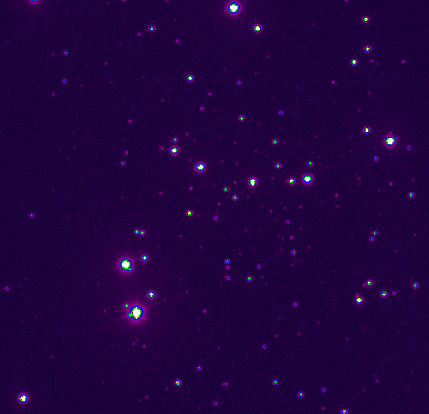binary stars
What is a double or binary star ?
Visual Double Stars
Astrometric Double Star
Spectroscopic Double Stars
Eclipsing Double stars
Double stars
Present estimates of the percentage of double versus single stars point toward a ratio of 60% or higher. This is also confirmed by the high number of new detections coming from ground-based and satellite surveys. But double stars are seriously complicating both the observations and the elaboration of theorical models. It frequently happened and still happens that studies of double stars are being neglected in favour of studies of single stars, galactic and extra-galactic research. However double stars have a serious advantage: the orbits
These data are extremely useful to:
- refine the theories of Formation and Evolution of Single Stars
- provide constraints on the possible scenarios of Binary Star Formation
Stellar structure
Scientists try to understand what processes are going on in the interior of stars. Models of internal structure are therefore elaborated in which stellar masses play a very important role. The only possible direct observation is by observing double stars: indeed, from the knowlegde of the
- orbital motion (Keplerian orbit)
- distance
we are able to determine the total mass of the system. This information is an essential parameter on the way to modelling also the stellar evolution.
Stellar formation
By studying the distributions of the orbital elements such as the orbital period, the eccentricity, the mass ratio,... of double stars as a function of population or age, one obtains:
- constraints on scenarios of the formation of single stars
- indications for possible scenarios of binary star formation
Diversity
The distributions of the orbital parameters show a very wide range in orbital period, (real) separation, mass ratio... There exists a panoply of widely differing objects with a variety of possible processes that may complicate the study of such systems. For example, in very close binaries interactions between the binary components may occur, such as:
- mass transfer
- apsidal motion (the orientation of the nodal line is changing with time)
- common envelopes
- peculiar chemical compositions
Such binaries can no longer be considered as two non-interfering stars at a common position in space: additional physical processes have to be taken into account. Additional observational constraints are obtained from their spectroscopic or light curve analyses.
Search for planetary systems ("exo-planets")
One can also look for systems with extremely low or high mass values. In the lower limit case, the studied systems may have a "brown dwarf" or a giant planet for companion. In the astrometric mode, similar to the detection of astrometric binaries, the reflex motion of the star gravitationally pulled by its planetary system is observed. This technique then provides a direct estimation of the mass of the planets. This search for "exo-planets" has been boosted a lot since the discovery of a solar-like star with a planetary companion (Mayor & Queloz, 1995 Nature 378, 355).
